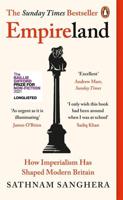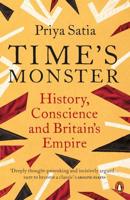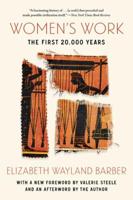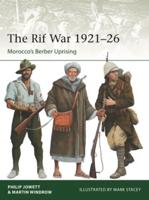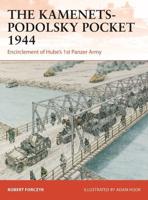Publisher's Synopsis
Iranian history has long been a source of fascination for European and American observers. The country's ancient past preoccupied nineteenth-century historians and archaeologists as they attempted to construct a unified understanding of the ancient world. Iran's medieval history has likewise preoccupied scholars who have long recognized the Iranian plateau as a cultural crossroad of the world's great civilizations. In more recent times, Iran has continued to demand the attention of observers when, for example, the revolution of 1978-79 dramatically burst onto the world stage, or more recently, when the Iranian democracy movement has come to once again challenge the status quo of the clerical regime. Iran's dominance in the Middle East has brought it into conflict with the United States and so it is the subject of almost daily coverage from reporters. Sympathetic observers of Iran-students, scholars, policy makers, journalists, and the educated public-tend to be perplexed and confused by this tangled web of historical development. Iran, as it appears to most observers, is a foreboding, menacing, and far away land with a history that is simply too difficult to fathom. The Handbook is a guide to Iran's complex history. The book emphasizes the large-scale continuities of Iranian history while also describing the important patterns of transformation that have characterized Iran's past. Each of the chapters focuses on a specific epoch of Iranian history and surveys the general political, social, cultural, and economic issues of that era. The ancient period begins with chapters considering the anthropological evidence of the prehistoric era, through to the early settled civilizations of the Iranian plateau, and continuing to the rise of the ancient Persian empires. The medieval section first considers the Arab-Muslim conquest of the seventh century, and then moves on to discuss the growing Turkish influence filtering in from Central Asia beginning in the tenth and eleventh centuries. The last third of the book covers Iran in the modern era by considering the rise of the Safavid state and its accompanying policy of centralization and the introduction of Shi'ism, followed by essays on the problems of reform and modernization in the Qajar and Pahlavi periods, and finally with a chapter on the revolution of 1978-79 and its aftermath. The book is a collaborative exercise among scholars specializing in a variety of sub-fields, and across a number of disciplines, including history, art history, classics, literature, politics, and linguistics. Here, readers can find a reliable and accessible narrative that can serve as an introduction to the field of Iranian studies. While the number of monographs published within specialized subfields of Iranian history continues to proliferate, there have been, to date, no books that attempt to produce a comprehensive single-volume history of Iranian civilization.



